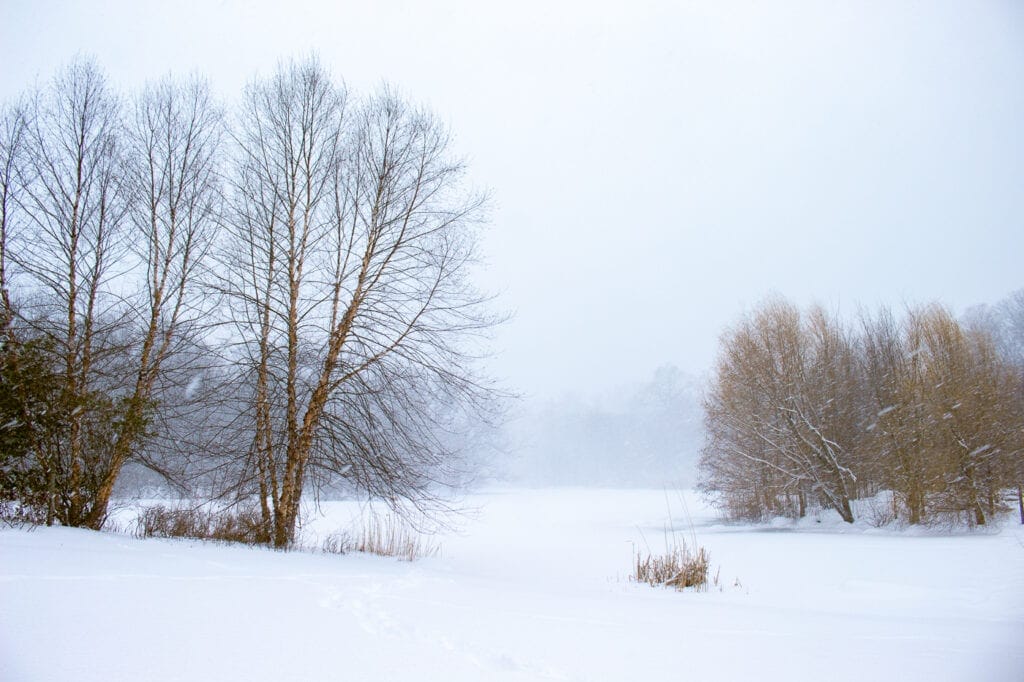
Outside of autumn, winter landscape photography is probably my favorite. Living in NY taught to me thoroughly dislike the snow, at first Now, I like it because it makes the landscape extra photogenic. I mentioned in the post Battling a Storm to Get Some Incredible Nature Photos that I’ve made a habit of going on during and after snowstorms to take photos. It’s both fun and challenging. Exhilarating and exhausting. With two storms this winter, I’ve gotten a lot of practice in. Here some tips for photographing snowscapes.
Why Go Out During a Storm
Technically, you can wait for the snow to stop before going out. It’ll make this easier. But you may not get shots like these:

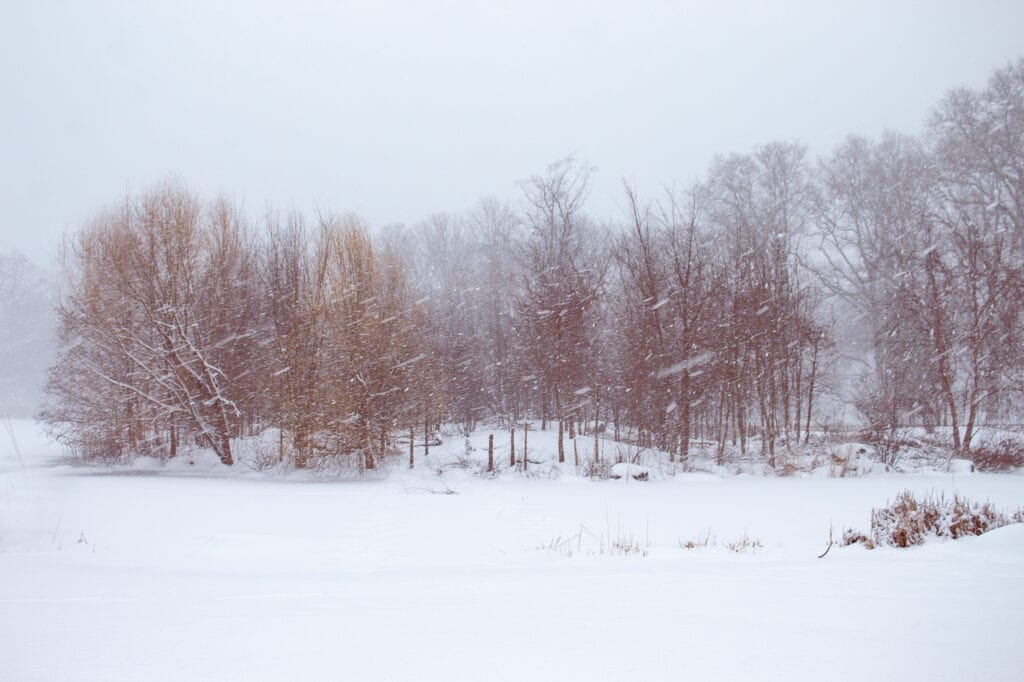
I like those people free photos with the fresh, barely touched snow. You have less chance of getting that if you wait until the snow stops. Especially now, with most people stuck indoors.
Dress for the Weather
You’re going to be outside in the cold for several hours. Take care of yourself. You don’t want to get sick or put in the hospital for a photo. I discussed clothes in the post Nature Photography: Winter Hiking Clothes. In the post Amazing Winter Photos from NY’s Snowstorm, I talked about how the clothes stood up in a storm.
Because of money issues, I’m using a pair of ankle-high Timberlands. They do the job for the most part. However, I’d like to switch to higher boots. Snow often gets into my shoes. I also need better gloves. I’ve tried two different pairs and both times my hands got so cold they started hurting. Putting them in my pockets helped but I need to take them out to capture scenes.
Start Your Winter Landscape Photography Day Early or Late
You probably know to avoid photographing under the harsh midday sun. That’s extra true when there’s snow on the ground. Bright sun bounces off the white snow and overexposes your shot. I usually turn down the exposure on my camera to compensate. Now, you won’t have to worry about this if it’s still snowing when you leave. Too cloudy for any kind of sunlight to shine on your landscape.
Bring an Umbrella
I keep telling myself to bring an umbrella and I keep forgetting. I may have to store a small one in my hiking bag. With heavy snow falling, it’s difficult to keep your lens clean enough to get a clear photo. I bought lens wipes but they stopped working after a while. I wouldn’t spend the entire time under an umbrella. I’d pull it out when it’s time to take a photo. Snowflakes ruined a lot of good compositions. I’m pretty sure you can find camera covers but, as a broke person, I can’t afford to buy a bunch of equipment
Find Contrasts
Snow makes winter landscape photography both harder and easier. Everything’s white so it’s often easier to find a good composition. On the flip side, everything’s white so it’s easier to capture a boring scene.
Search for contrasts like snow on trees or that rare pop of color.
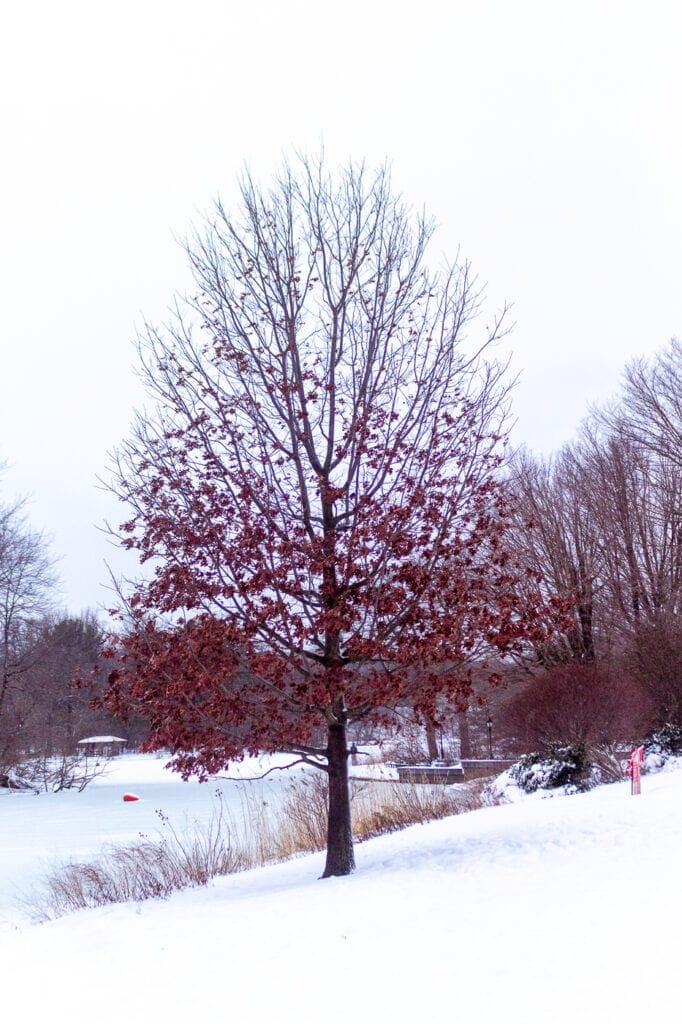
Look at the Ground
Something I noticed just recently though it’s probably obvious to everyone else. Strong wind makes some interesting lines in snow and ice.

Also, footprints create good leading lines, especially when they tell a story on their own.
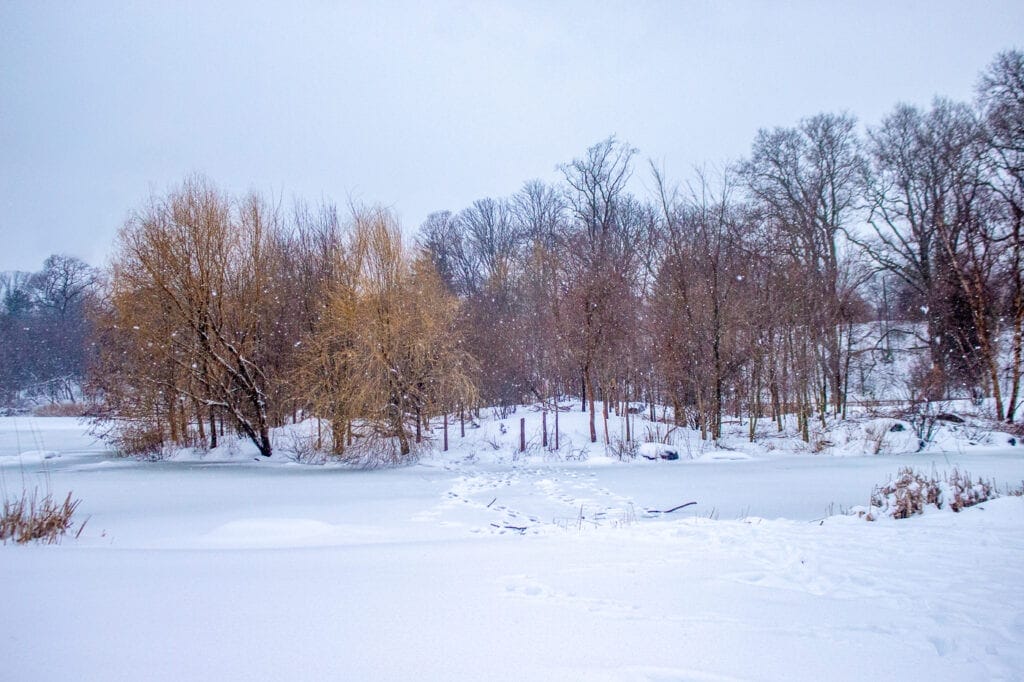
For this photo, those footprints are going across a lake. That area with trees is on an island we can’t reach on a normal day. In this park, we are never, ever, allowed to walk across the lake when it’s frozen. Out of frame is a bright red sign warning of thin ice. A sign I hadn’t notice until I was right on top of it. I’m, fortunately, familiar enough with this park to know where the lake begins without needing the signs. I was curious about the island. Not enough to walk across a frozen lake.
Hold Your Breath
Years ago, I read once that photographs have a tendency to hold their breath when they take a shot. It’s true. They said we should make a habit of exhaling as we press the shutter button. But, that advice backfires when it’s snowing. Your breath fogs your camera lens. In the snow, hold your breath when you’re ready to take the shot.
Shoot Raw
When it’s snowing out, it’s difficult to properly expose your shot. I get as close as I can then edit it in Lightroom. When you shoot RAW, it’s easier to get back some overexposed or underexposed areas of your shot. Particularly useful if you want to make a photo black and white.
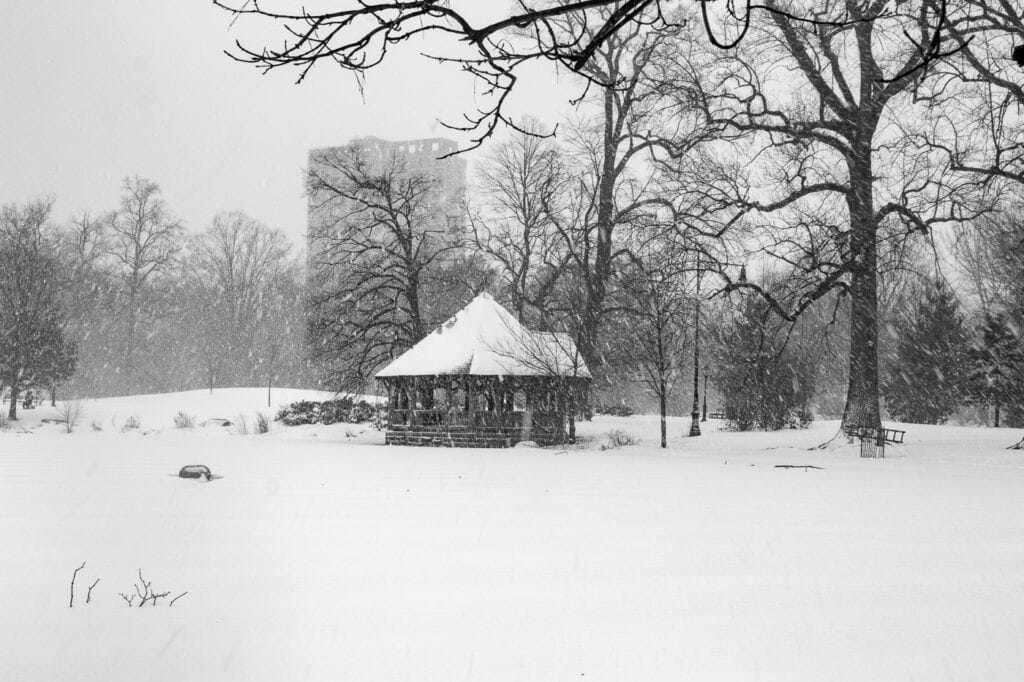
Bring Extra Camera Batteries
I don’t have spare batteries yet but it would’ve helped me out a lot. I believe batteries drain faster in cold weather. Mine certainly did.
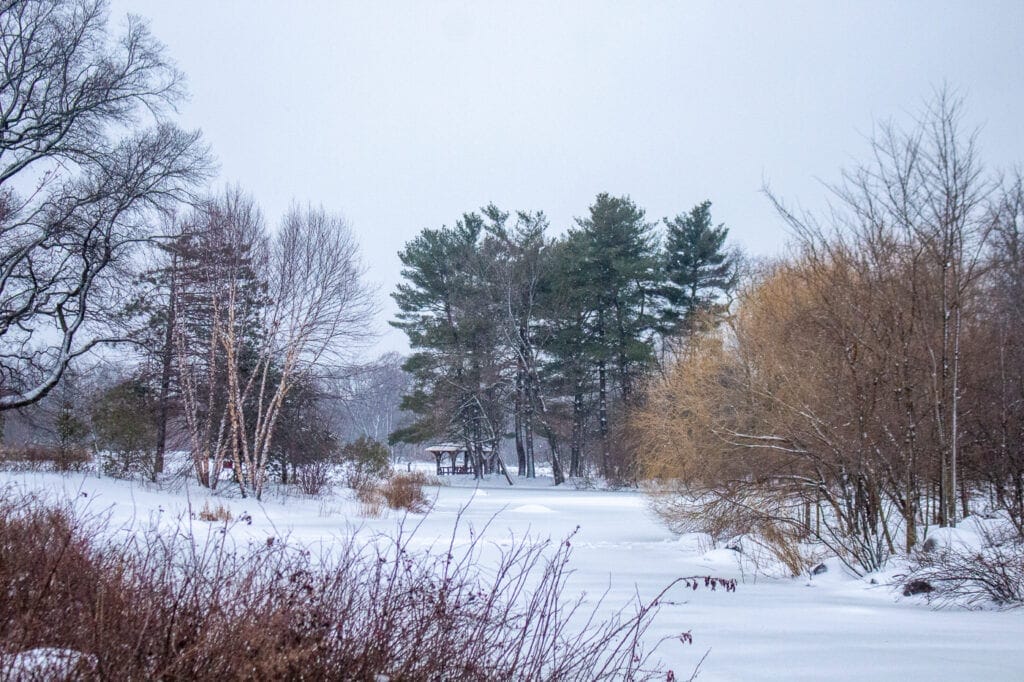
Take care of yourself. You don’t want to get hypothermia for a photo. Avoid cotton. Wear layers. Invest in thermals. Remember to have fun. Even before the pandemic, life was beating me down. The rona just made it worse. After two days of shooting in a winter storm, I was tired and in pain but I had so much fun. When life hits you hard, you have to go out and make your own joy.
Follow me on Instagram. Fine more photos on Behance.

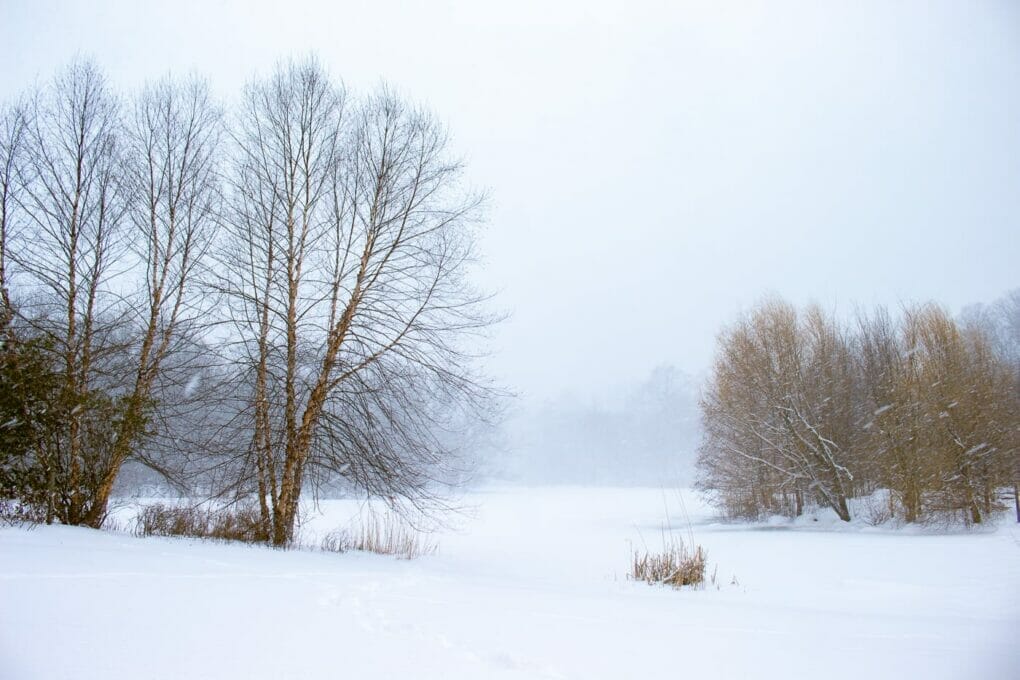
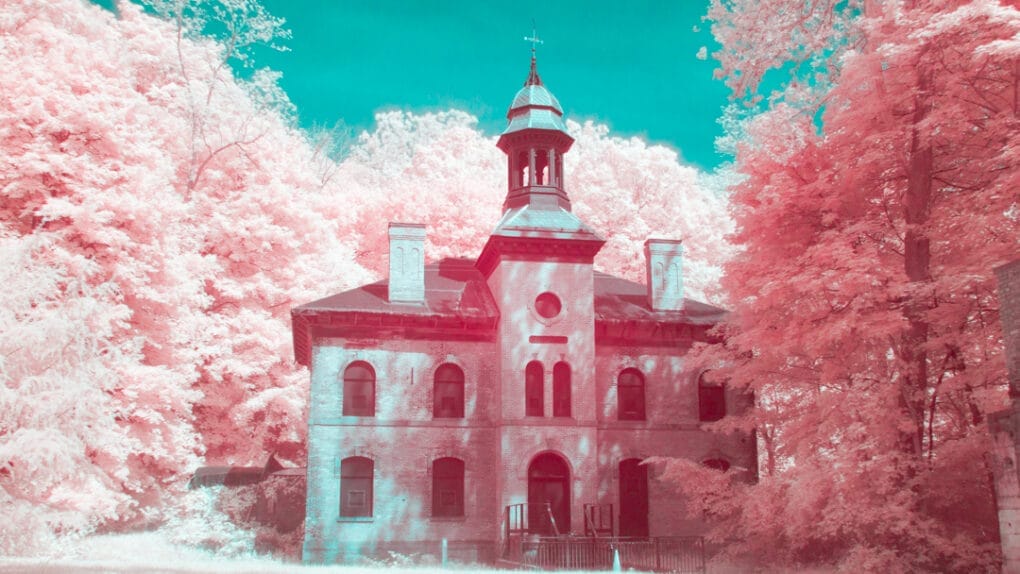
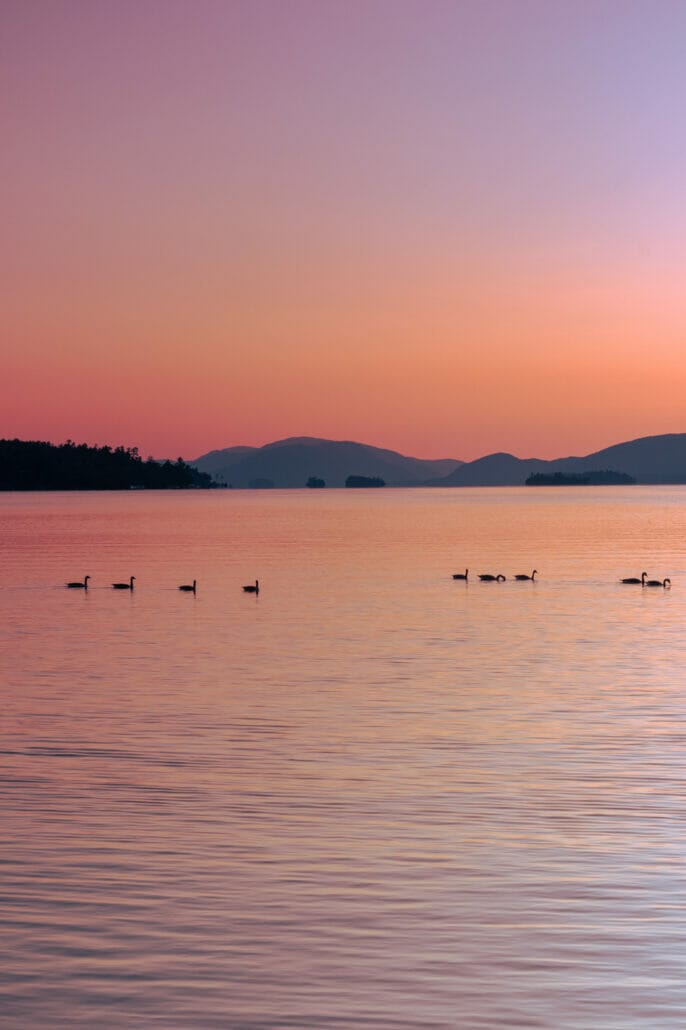
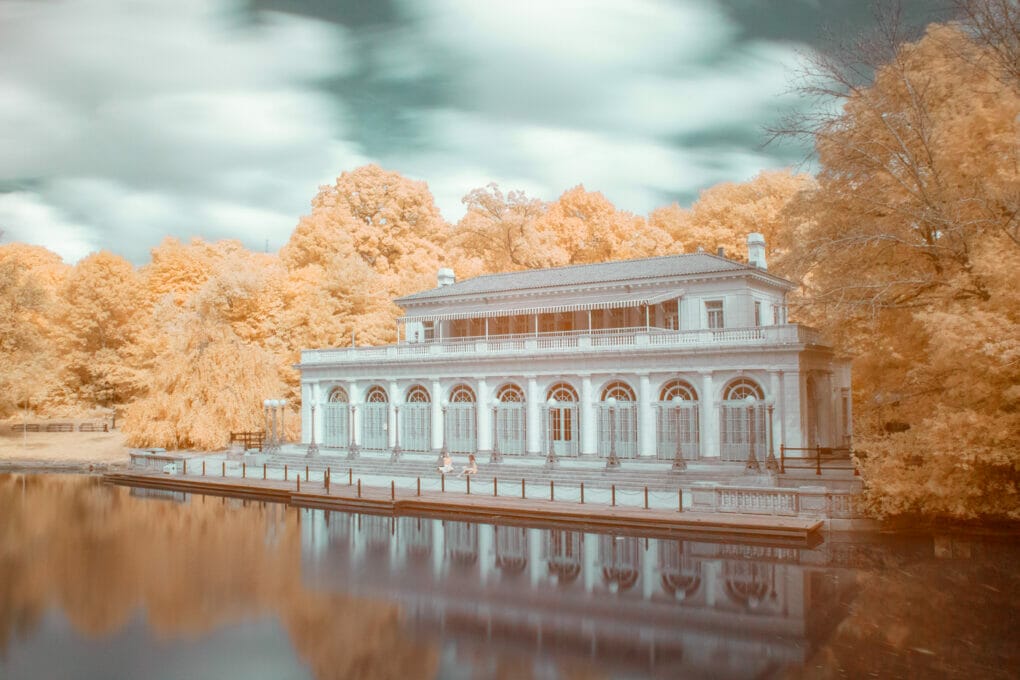
3 thoughts on “Winter Landscape Photography Tips for Capturing Snow”
What an inspiring blog! Love all your winter photos. Although I live in the desert, we have snow in our local mountains – and when I visit, I’ll be putting some of your awesome tips to use!
Thanks for your great post, Auden. I feel your pain in the cold and snow. I’ve gotten to where I avoid being in it all together, if I can help it. Your tips will help a lot of people.
My favorite part of your post: “When life hits you hard, you have to go out and make your own joy.”
Yes! There is joy in everything we do, if we look hard enough. 🙂
Have a great weekend.
Even though we don’t get much snow where I live, I LOVE taking pix of the white stuff, Auden, and I’m glad that a brings you so much joy.You have such beautiful captures! I especially gotta remember to bring an umbrella during the storm and to look down for unique angles. Haven’t shot in RAW and don’t have lightroom or photoshop yet, but you’re inspiring me -:D
Comments are closed.